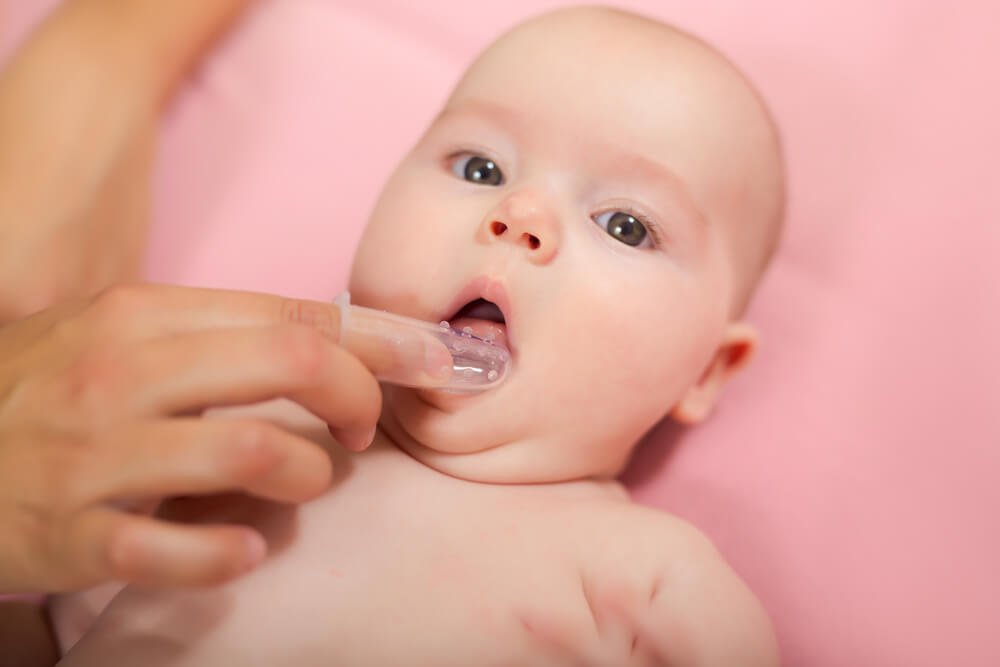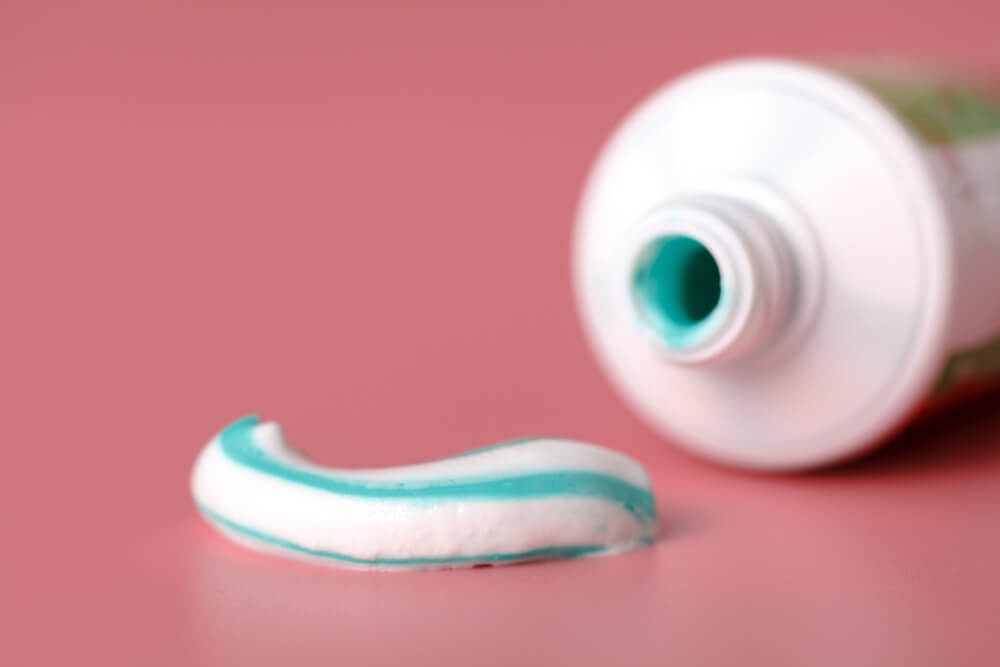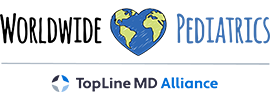It may seem unnecessary to worry about brushing teeth for your baby until they have all of their deciduous teeth out. However, the best course of action for healthy oral care involves proper oral hygiene even before the first tooth emerges. In that respect, your child’s oral care routine can start with you taking good care of their gums. You can always count on Pediatric Care in Plantation and Doral if you want your child to have a professional and trustworthy pediatrician or need some advice. That said, we’ll further discuss when to start brushing baby’s teeth and proper oral care of deciduous teeth.
When to Start Brushing Baby’s Teeth?
In general, most babies get their first tooth anywhere between four and 12 months of age. The moment they get their first tooth out, even if they’re four months old, you should start brushing it with a soft baby toothbrush at least twice a day. The ideal schedule would be to brush in the morning, before feeding, and before bed in the evening after they had their last meal for the day. If the baby gets their first tooth before they turn one year old, you should make a dentist appointment immediately. Also, pay the dentist a visit once the baby turns one, even if they haven’t had their first tooth yet.
But, proper oral hygiene should start the moment you begin feeding your baby. That said, you can use a soft and wet cloth to clean your baby’s gums gently. Simply put the fabric on your finger and slowly rub the gums to get rid of bacteria.
All of your child’s deciduous teeth should come out by the time they’re two and a half years old. From the moment they had their first tooth, and as they continue to grow and develop, it’s crucial to encourage regular brushing. By having a set dental routine, you’ll help your child adopt healthy habits for their future oral care. A baby toothbrush with very soft bristles works best. But, make sure to ask the dentist about the ideal time to start flossing, as this will depend on the child’s teeth.

How to Properly Brush Baby’s Teeth?
Now that you know when to start brushing a baby’s teeth, it’s essential to learn how to do so correctly as well. Basically, what method and technique you’ll choose will highly depend on the number of teeth the baby has and their age.
As mentioned, brushing teeth before the first tooth comes out involves cleaning the gums gently. The best way to do that is to take a soft cloth, wet it a bit, and put it on the finger to then use for gentle rubs around the gums. It’s also possible to use a special finger brush for gums. When you wipe the gums, ensure to wipe around the baby’s mouth to remove bacteria and milk buildup altogether.
Now, once your baby gets their first tooth and other teeth continue to grow, you can switch to a very soft baby toothbrush or keep using the soft wet cloth on a finger. Both options are good. The most significant difference with brushing teeth actually has to do with the child’s ability to spit. Even if they have all of their deciduous teeth, if the child can’t spit on their own, you have to help them. This also means you have to be careful with the use of toothpaste. In general, kids younger than three don’t need more than just a rice grain amount of toothpaste. If they can’t spit on their own, make sure to help your child direct their mouth downward so that they can let the toothpaste spill out.
Is Fluoride Toothpaste Safe for Babies?
In general, it’s safe for kids to use fluoride toothpaste. However, depending on the child’s age, the recommended amount of fluoride toothpaste differs. In case very young kids use (and swallow) more fluoride toothpaste than what’s recommended, they risk an upset stomach as well as damage to the tooth enamel.
Therefore, kids who are younger than three shouldn’t need more than the smallest amount of fluoride toothpaste, the size of a rice grain. And as soon as they’re able to, children should be encouraged to spit out the toothpaste. What’s more, there’s no need to use any kind of toothpaste on the baby’s gums before they get their first tooth.
Kids between the ages of three and six can safely use a pea-size amount of fluoride toothpaste when brushing their teeth. Parents should monitor their child’s brushing during this period so that they can correct potential bad habits and make sure that the child spits out the toothpaste correctly instead of swallowing it.

How to Choose the Right Toothbrush?
As stated before, a soft cloth or a finger brush are more than enough before the baby gets their first tooth. But once they start teething, it’s not uncommon for babies to put different things in their mouths. At this point, parents can get teether-style brushes or brushes with nubs, which would satisfy the baby’s need to have something in their mouth, get them used to a toothbrush-like sensation, and provide some dental cleaning at the same time.
These brushes are available in many different shapes and sizes that would make the whole experience fun for the little one. Of course, make sure to monitor the baby as they play with the brush and put it in their mouth. There’s also no need to put toothpaste on these brushes.
Once the tooth is entirely out of the gums, parents can introduce their kids to a soft baby toothbrush and toothpaste. These toothbrushes are naturally smaller to fit better and feel more comfortable. Again, these toothbrushes are available in a wide array of different colors and patterns, and some even come with a larger handle that makes it easier for a small child to hold. Still, parents have to be the ones who do most of the brushing and supervise their small children when they try to do the brushing movement themselves.
As kids grow and develop, every skill is a matter of practice. In that respect, there’s no need to rush the process of teeth brushing. The more they get to do it, the better their oral care and coordination will become. It’s essential that parents make sure to watch and guide their kids until the kids can do a proper job of dental cleaning themselves. Creating this healthy habit can start from the infant days with gum cleaning, making it easier for kids to get used to teeth brushing and help develop a healthy dental care routine as they age. Don’t hesitate to get in touch with us at Worldwide Pediatrics if you have any questions or concerns about your child’s health or simply want to make an appointment for your kid.



